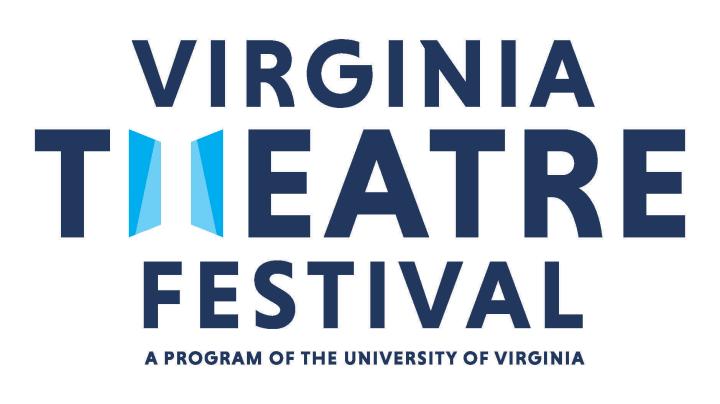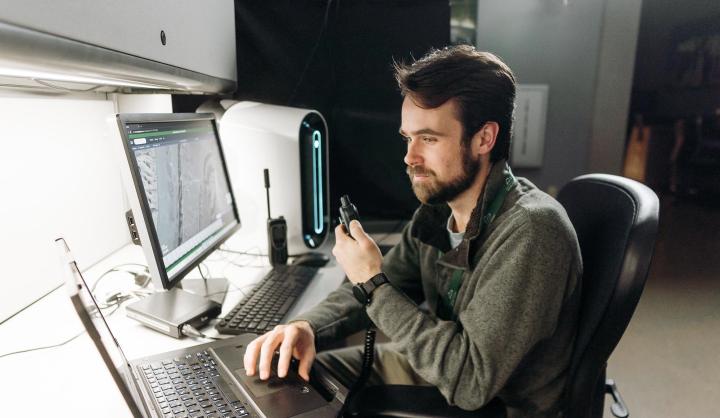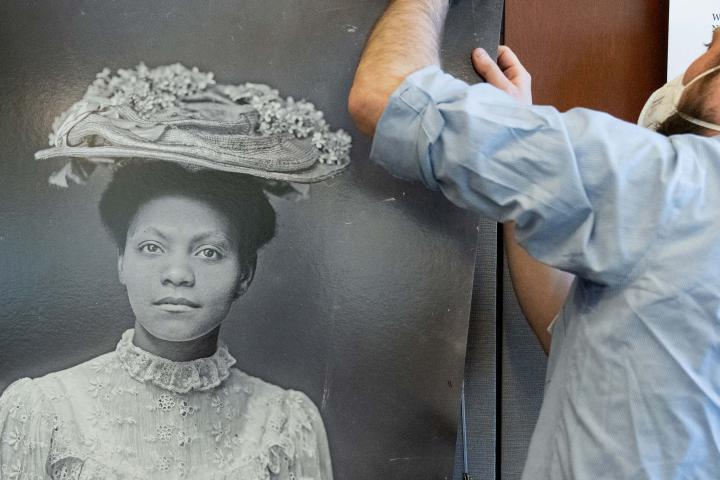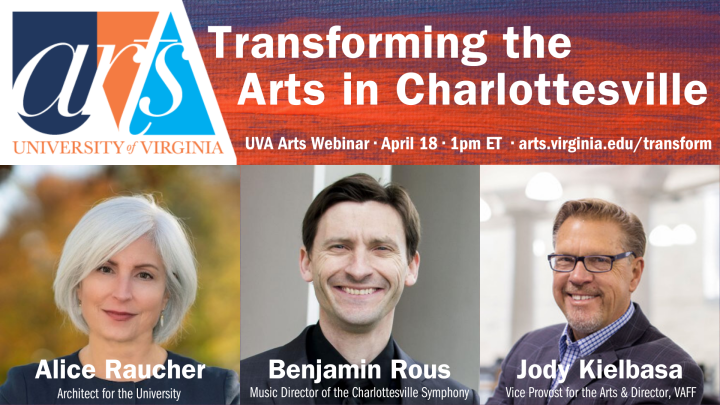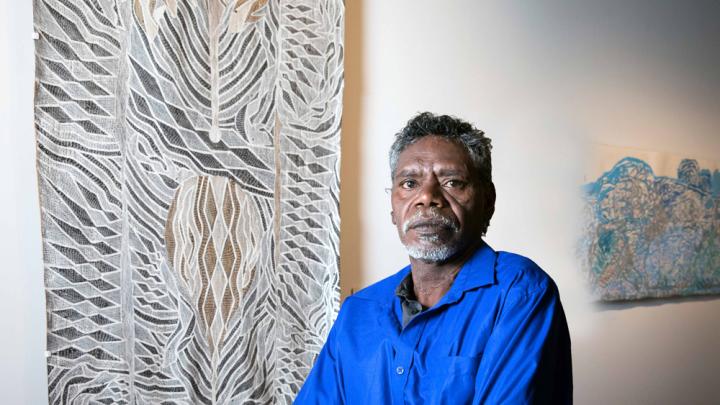Student Spotlight: Lauren Schmidt
When Lauren Schmidt, a double major in chemistry and music in the University of Virginia’s College of Arts & Sciences, is feeling a bit high strung, she tunes up and tunes in to her inner sense of calm. Since her first year at UVA, she has found release – and community – as a violinist with the Charlottesville Symphony, one of the few faculty-student-community member symphonies in the country.
Meet the UVA Alum Author Behind the 2022 ‘Girl of the Year’
Wendy Wan-Long Shang, an award-winning children’s book author and Double Hoo, has stories to tell about being of Asian descent. One of them is that of Corrine Tan, American Girl’s 2022 Girl of the Year.
Alumnus Poised to Help Save Ukraine’s Cultural Heritage, Currently Under Fire
University of Virginia alumnus Hayden Bassett is leading a team of specialists who are monitoring and mapping Ukraine’s cultural heritage and seeking ways to encourage its preservation.
Pop-Up Exhibit of African American Portraits Highlights Pride, Hints at History
University of Virginia associate history professor John Edwin Mason and others, including scholars, students, and community members, are on a mission to share about 500 portraits of local African Americans.
Bean There, Won That: Alums Take First Prize in Bush’s Baked Beans ‘Can Film Festival’
Graham Barbour and Phineas Alexander took home the ultimate prize in the “Can Film Festival:” $50,000 and the honor of having their video aired as Bush's new commercial.
Transforming the Arts in Charlottesville
Lucy Kirkwood’s Eco-Thriller THE CHILDREN Opens at Live Arts April 15
Eight Decades of Aboriginal Australian Bark Painting from Yirrkala
When the only museum in the U.S. dedicated to Indigenous Australian art launches a national touring exhibition of bark paintings in fall 2022, we can fully expect that the museum world will radically change. Traditional ways of thinking about and exhibiting works of Indigenous art will never be the same.
